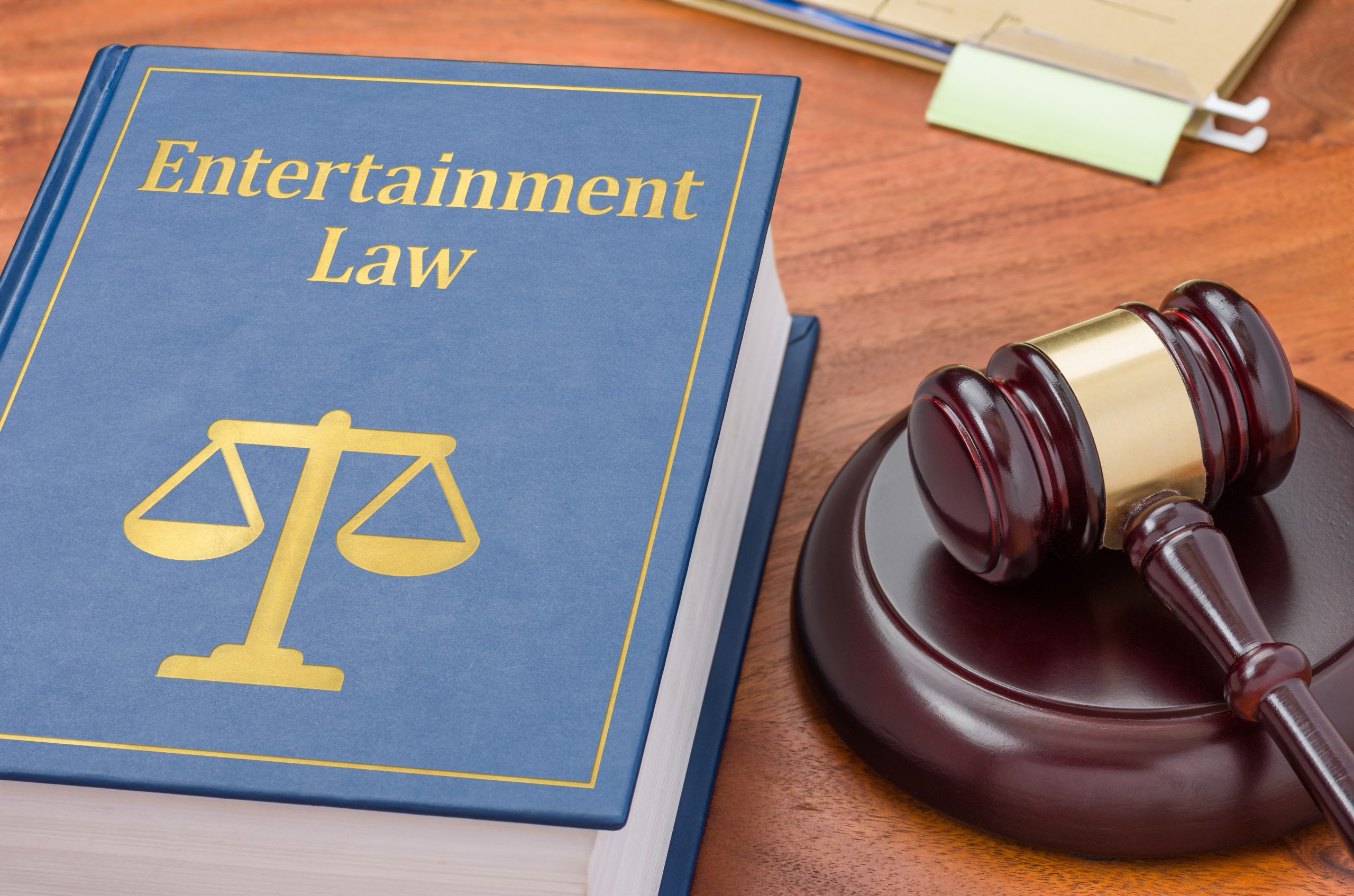
As a creative individual, you are constantly gathering inspiration from the world around you, including from other people—their books, films, pictures, or anything else. So how do you draw inspiration without infringing on the copyrighted material of others? A concept that is crucial to understand in answering this is the fair use doctrine—a legal principle that gives you some leeway when it comes to using copyrighted material in your own creations.
Fair use is what bridges the gap between copyright law and your First Amendment right to expression. In essence, fair use allows for the limited use of copyrighted material without the need for permission from the copyright owner in specific situations. But fair use is not a free pass to use any copyrighted material however you see fit. Congress drafted the basic approach to fair use in Section 107 of the Copyright Act, which takes several factors into account when evaluating whether or not the copyrighted material may be fair use:
Note that each of these factors will be weighed differently, and the ultimate decision will be based on the specific facts of each individual case. Unfortunately, there are no blanket statements you can make when it comes to a fair use analysis.
Fair use is often implicated in the world of documentaries, and has significantly altered the documentary film landscape. The increased cost of licensing film clips, photos, and other materials has become financially burdensome for documentary filmmakers. Moreover, certain points in documentaries may not be adequately portrayed as a result of refusals by the owners of originally copyrighted material to license or assign those materials. Consequently, in many instances, footage used in documentary films is unavailable, except for when it is used pursuant to fair use.
Remember, fair use does not justify blatantly taking the intellectual property of others for your own purposes. Instead, it may allow you to create something new and unique using someone else’s copyrighted material as an inspirational element in certain circumstances. It is also important to remember that fair use is a flexible doctrine, and there are no hard and fast rules. Each case is evaluated on its own merits and courts can consider the above factors, amongst other facts, in their analysis. That being said, many intellectual property attorneys can offer what we call opinion letters, which will provide you with a starting point as to the potential vetting of a copyrighted material. Consider obtaining one of these letters at the outset, to determine which parts of your film you may need to obtain releases for before getting too far into the production process.